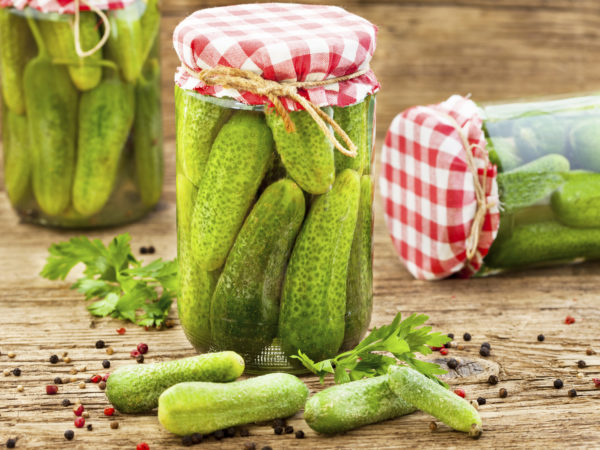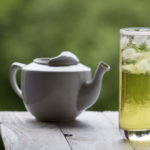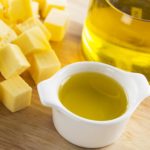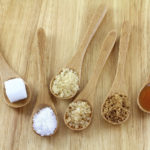Partial to Pickles?
How safe are pickled foods? I am especially interested in the safety of kim-chi and pickled tofu (sometimes called Chinese cheese).
Andrew Weil, M.D. | April 8, 2008

I’m a big fan of pickled foods, but I prefer the ones that have been naturally fermented and contain live organisms. For that reason, I make my own kimchi (also spelled kimchee or kimch’i). Sometimes called the Korean national vegetable, it is a fermented mixture of Chinese cabbage, scallions, and lots of ground red chilies, ginger, and garlic. (Many variations of the basic recipe exist.) I also make my own sauerkraut, just from shredded cabbage and salt.
Many peoples in the world, including Germans, Japanese and Chinese, consider it important to include fermented foods in their diets. Natural pickles, sauerkraut, kimchi, tempeh and miso (made from soy) as well as high quality yogurt are all sources of friendly lactobacilli created in the fermentation process. The living bacterial cultures in these foods aid digestion, increase vitamin levels, produce a variety of beneficial enzymes, and promote the growth of healthy flora throughout the digestive tract.
Unfortunately, most of today’s commercially available pickled products are pasteurized and “dead” – that is, they lack the beneficial bacterial cultures. Instead, all you get is a lot of salt. Most “pickles” on supermarket shelves are simply cucumbers canned in a vinegar solution and are not fermented. “Live” pickles need to be refrigerated; the lactic acid that makes them sour has a different taste from the acetic acid in vinegar, one that I much prefer.
If you enjoy pickled foods, I urge you to make your own using organically grown vegetables. It’s not difficult. Recently, I’ve been using a device called the “Perfect Pickler,” available online, which makes the process easy and fast; you get really good pickles and kimchi in just a few days.
Although I eat small amounts of it on rare occasions, I’m less enthusiastic about pickled tofu than I am about kimchi and sauerkraut. Pickled tofu ferments for a long time in a brine consisting of rice wine, salt, chilies and spices until it develops an aged, cheese-like texture and a very strong flavor that reminds me of blue cheese. You can buy jars of it in Asian groceries. Traditionally, pickled tofu is used as a condiment to accompany congee (rice gruel) or as a flavoring for steamed pork or chicken along with pickled cabbage. My reservations about it stem from some concern that carcinogens might be formed during the fermentation process. There is also a slight risk of botulism from homemade pickled tofu. When a case of this was reported from California in 2006, the Journal of the American Medical Association noted that homemade fermented bean products, including tofu, are the foods most commonly associated with botulism in China.
Andrew Weil, M.D.










